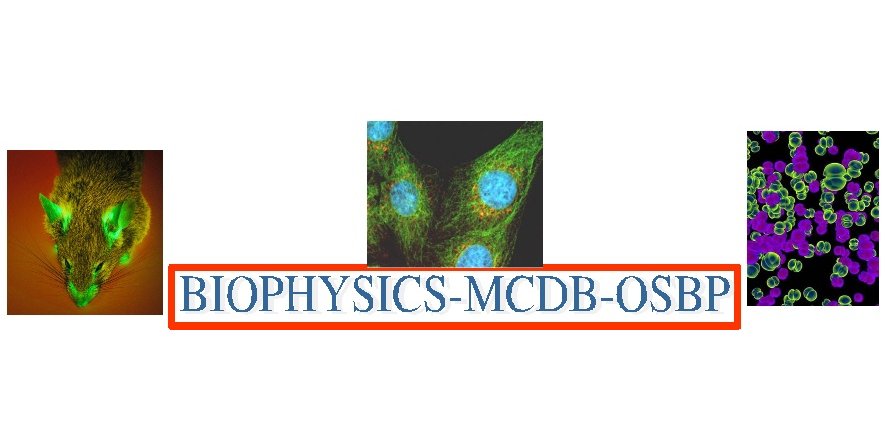Interdisciplinary Graduate Programs Symposium

2010 OSU Molecular Life Sciences
Interdisciplinary Graduate Programs Symposium

Talk abstracts
Abstract:
Photo-induced formation of cyclobutane pyrimidine dimer (CPD) lesions is the most prevalent mechanism for mutations from UV exposure. CPDs are kinetically very stable, although the barrier to repair is reduced upon reduction to the CPD anion. In the enzyme photolyase, photo-induced electron transfer leads to dimer repair with near perfect efficiency (one lesion repair per absorbed photon). To achieve high efficiency, the enzyme has tuned the return of the enzyme to the donating group to occur after splitting is complete.
Model compound studies provide insight into the factors controlling repair efficiency. Splitting of CPDs has been studied extensively in many model compounds, and in a variety of solvents. Repair efficiency depends on the solvent characteristics and electron donor, and is generally much less than in photolyase. Using ab initio molecular dynamics simulations, the bond breaking is explicitly with quantum mechanical methods. We have generated the free energy surface for
splitting of the thymine dimer anion in water, predicting the full reaction pathway. The role aqueous solvent in the repair process is elucidated, and an explanation for poor repair efficiency in polar solvents is advanced. We propose a qualitative framework for understanding how the environment controls repair efficiency, and, in particular, how the environment in photolyase could produce near-perfect efficiency.
Finally, we will touch on the role of aqueous solvent in protein dynamics and in biomedical devices, as explored in our research group.
Keywords: